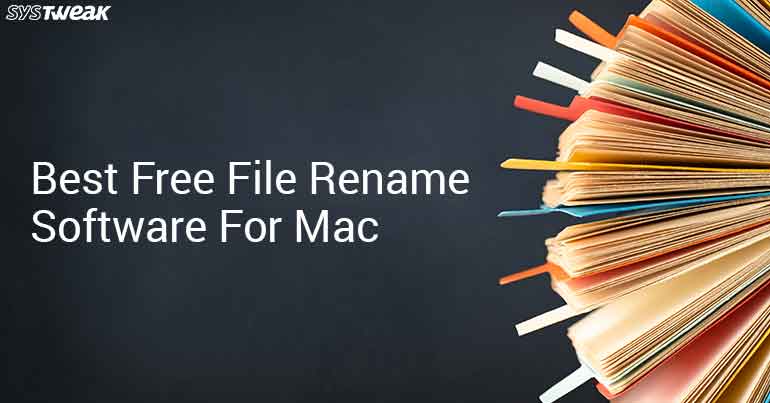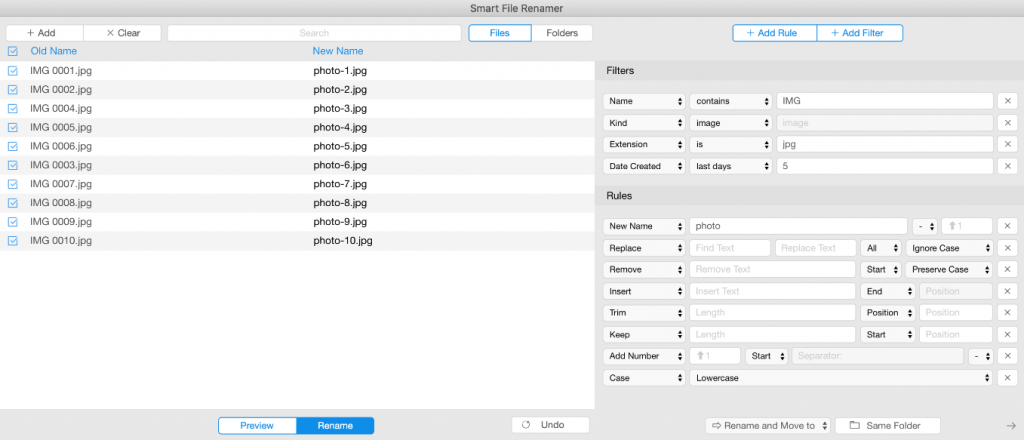

When you do this, you see a cool cross-fade between the two backgrounds when switching. If you choose a Theme, it applies to all virtual desktops however, after applying a theme, you can change the background per desktop. Not that this only works for the Background choice, not for Themes. Right-click on the desktop, choose Personalize, then Background, and choose a different image on each desktop. Pro tip: You can use different wallpapers for each virtual desktop. These desktops can then be rearranged as needed, and apps that are in one desktop can be dragged into another. Just hover over the icon to see any open virtual desktops or create a new desktop. Microsoft replaces the old Task View button with a redesigned icon on the taskbar, which makes it easier to create and manage multiple desktops(Opens in a new tab).

Unpin what you don't want or click Add to make new features accessible from the Quick Settings menu.Ĭreate and Manage Multiple Desktops With Greater Ease To add or remove settings buttons, click the pencil-shaped Edit quick settings button. Click the area of the taskbar that has Wi-Fi, speaker, and, battery icons to open a settings menu that lets you control Wi-Fi, Bluetooth, airplane mode, battery-saver mode, and more. Windows 11 separates the Quick Settings that appear in the Action Center in Windows 10 from that panel's notifications. Should you need more settings-print, set a new background, or view the full file location, for instance - select Show more options to open a spill-over menu. The right-click menu now focuses only on the most important settings. For more on personalizing the Windows 11 taskbar, check out our guide(Opens in a new tab).Īdd More Options to Your Right-Click Menu Your taskbar icons move to the left and the Start button goes back where it belongs. Select the Taskbar Behaviors drop-down and change Taskbar Alignment to Left. Right-click the taskbar and open Taskbar Settings. Long located in the lower-left corner of the screen, it's now centered with the rest of the icons on the taskbar. The first thing that will jump out at you is the placement of the Start button(Opens in a new tab). Take advantage of some new features in Windows 11 with these tips(Opens in a new tab), courtesy of PCMag's Jason Cohen and Michael Muchmore. These tips will ease the transition from Windows 10. Under the hood, it's largely the same OS, but there are some new features you should know how to use. If you take the leap and upgrade to Windows 11(Opens in a new tab), you'll notice a slick redesign with a Chrome OS(Opens in a new tab)-like centered taskbar and rounded corners on apps. Mashable: Don't like where they moved the start button to? Want to use Teams for a chat? Here's how to do those things and more.


 0 kommentar(er)
0 kommentar(er)
